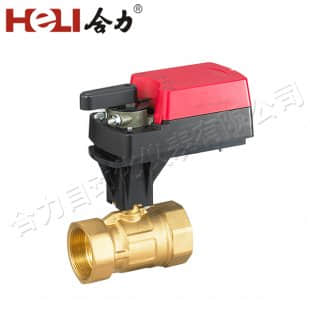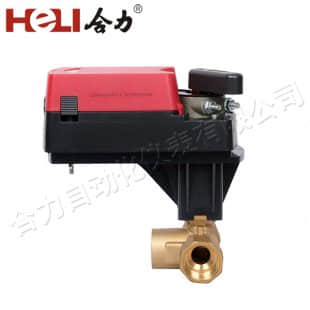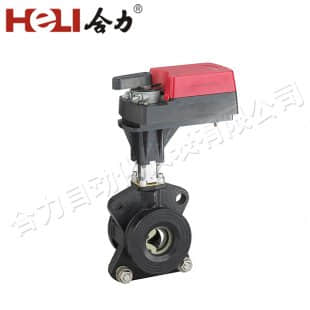
Damper actuators play a crucial role in heating, ventilation, and air conditioning (HVAC) systems, providing control over airflow and temperature regulation. These devices are essential for optimizing indoor environments, ensuring comfort, energy efficiency, and air quality. This article delves into the function, types, and significance of damper actuators in modern HVAC systems.

At its core, a damper actuator is a mechanism that opens and closes dampers—valves or plates that regulate airflow within ducts. By controlling these dampers, actuators manage the distribution of air throughout a building, ensuring that each room receives the appropriate amount of heating or cooling. This process is vital for maintaining consistent temperatures and improving energy efficiency.

